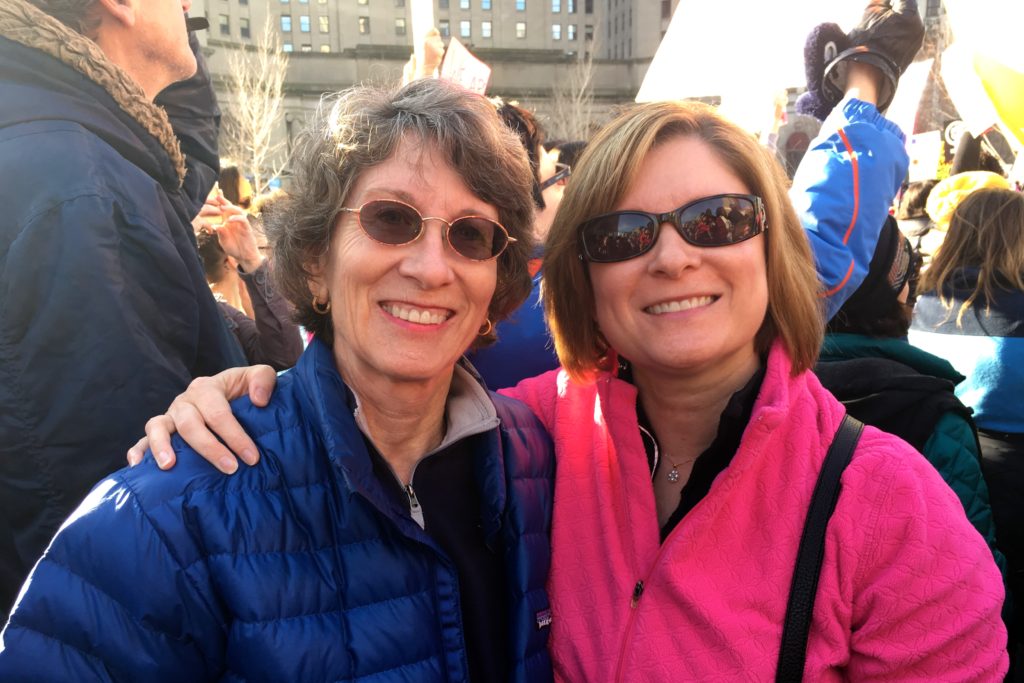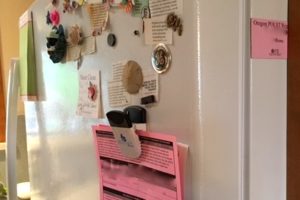 By Lisa Vigil Schattinger, MSN, RN
By Lisa Vigil Schattinger, MSN, RN
December 14, 2016
The day before Thanksgiving, my mother and I were in the small room that serves as her office. Vibrant reminders of friends and family who’ve died surrounded us. There were also mementos from her trips afar, as well as things that she loves for her own special reasons. It’s a distilled sample of all that makes my mother who she is.
In my mind, we were there for a couple of reasons. One was because, since starting Ohio End of Life Options, a 501(c)3 non-profit organization, we have been talking to a lot of people about filling out their advance directives and appointing a healthcare power of attorney. We had realized that we needed to make sure we were walking the talk and have all of our own paperwork in order.
The other reason was to honor my mother, Janet Rowe.She’s a caring person who is a retired nurse and has been a Hospice volunteer for over twenty years. We both have been through the process of supporting loved ones as they aged and then died, died unexpectedly or died from a long, drawn out disease process. We’ve come to understand just how unique each person’s experience is with regard to health, financial resources and family dynamics.
We were both there two years ago when my mother’s husband, Jack, died peacefully after taking the medication that had been made available to him through Oregon’s Death with Dignity Act. His was such a peaceful death, compared to all that we’d seen, that it brought my mother and me even closer together. And it compelled us to start talking to people to share our experiences.
My mother has a lot more experience than I, but we have both been healthcare powers of attorney for family and friends. My experience as my grandmother’s main long-distance caregiver was difficult. It was filled with emergencies and tough decisions. I felt incredibly fortunate to have my mother to talk to through all of this.
Largely because of our experiences, we both feel — to our very bones — that in order to live well we need to be prepared for aging and dying well.
So there we were. Mom had gotten out the bright pink folder that has lists of important information in case of a sudden illness or accident that leaves her incapacitated. My brother lives much closer than I do (in the same state as Mom) and we plan on working together on her care, if needed, in the future. On that day, we were trying to get familiar with the details.
Since she lives in a Continuing Care Retirement Community (CCRC), she and my stepfather had already made the commitment to living in that type of environment before he died. Where she lives, as people age, they move up the hill because the independent town homes (where she now lives) are near the bottom of the hill and the skilled nursing facility (where she may or may not spend her final days) is on the top of the hill.
That’s the plan anyway. But I found with my grandmother, who also lived in a CCRC, knowing exactly when these moves should happen can also be complicated. By living in a community like this, one may assume that their care while aging will be a seamless process. However, I found that each transition to another level of care required a lot of coordination between the various facilities and our family. Being familiar with the personnel at the CCRC is helpful in figuring out whom to consult when advice or help is needed.
Mom is already very organized with folders that are clearly marked, a copy of her Oregon Physician Orders for Life Sustaining Treatment (POLST) in brightly colored paper on her refrigerator and her POLST registry number clearly displayed. Since the POLST registry is state wide, she also keeps the number prominently displayed in her wallet. My mother also introduced me to the manager at her bank branch so that she would know who I am if I ever need to take over banking duties. And her funeral plans are already made and paid for so she knows that her wishes will be carried out. Since she is a young, active and healthy 71 year-old, neither my brother nor I are concerned about needing this information any time soon. But that is exactly the point. Who knows when a health event or accident will occur?
Since she is a young, active and healthy 71 year-old, neither my brother nor I are concerned about needing this information any time soon. But that is exactly the point. Who knows when a health event or accident will occur?
We don’t want to be caught unprepared and uninformed of her wishes.
I felt it was a great honor being the primary decision maker for my grandmother. It is both daunting and a great honor to think of doing this for my mother. I do not know if she will ever need the same types of decisions made as my grandmother did. But knowing my mother well, already knowing about her finances, and talking about her wishes for aging and dying well, makes me more confident that I will be carrying out her thoughts and plans to the best of my ability. In my mind, that is a great way to honor this wonderful woman.
Please, make the effort to talk with your loved ones about their plans and the details involved for aging and dying well.
The book Aging with a Plan, by Sharona Hoffman, is a great resource for people planning their own aging process as well as caring for aging loved ones. Please see the Ohio End of Life Options Resources tab for a link to it and other helpful tools and information.
